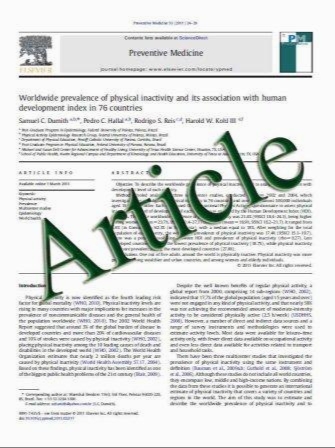Development of 95-gene classifier as a powerful predictor of recurrences in node-negative and ER-positive breast cancer patients
- نوع فایل : کتاب
- زبان : انگلیسی
- مؤلف : Yasuto Naoi Kazuki Kishi Tomonori Tanei Ryo Tsunashima Naoomi Tominaga Yosuke Baba Seung Jin Kim Tetsuya Taguchi Yasuhiro Tamaki Shin
- چاپ و سال / کشور: 2010
Description
Our aim was to develop an accurate diagnostic system using gene expression analysis by means of DNA microarray for prognosis of node-negative and estrogen receptor (ER)-positive breast cancer patients in order to identify a subset of patients who can be safely spared adjuvant chemotherapy. A diagnostic system comprising a 95-gene classifier was developed for predicting the prognosis of node-negative and ER-positive breast cancer patients by using already published DNA microarray (gene expression) data (n = 549) as the training set and the DNA microarray data (n = 105) obtained at our institute as the validation set. Performance of the 95-gene classifier was compared with that of conventional prognostic factors as well as of the genomic grade index (GGI) based on the expression of 70 genes. With the 95-gene classifier we could classify the 105 patients in the validation set into a high-risk (n = 44) and a low-risk (n = 61) group with 10-year recurrence-free survival rates of 93 and 53%, respectively (P = 8.6e-7). Multivariate analysis demonstrated that the 95-gene classifier was the most important and significant predictor of recurrence (P = 9.6e-4) independently of tumor size, histological grade, progesterone receptor, HER2, Ki67, or GGI. The 95-gene classifier developed by us can predict the prognosis of node-negative and ER-positive breast cancer patients with high accuracy. The 95-gene classifier seems to perform better than the GGI. As many as 58% of the patients classified into the low-risk group with this classifier could be safely spared adjuvant chemotherapy.
Breast Cancer Res Treat (2011) 128:633–641 Received: 6 May 2010 / Accepted: 18 August 2010 / Published online: 29 August 2010 Springer Science+Business Media, LLC. 2010


